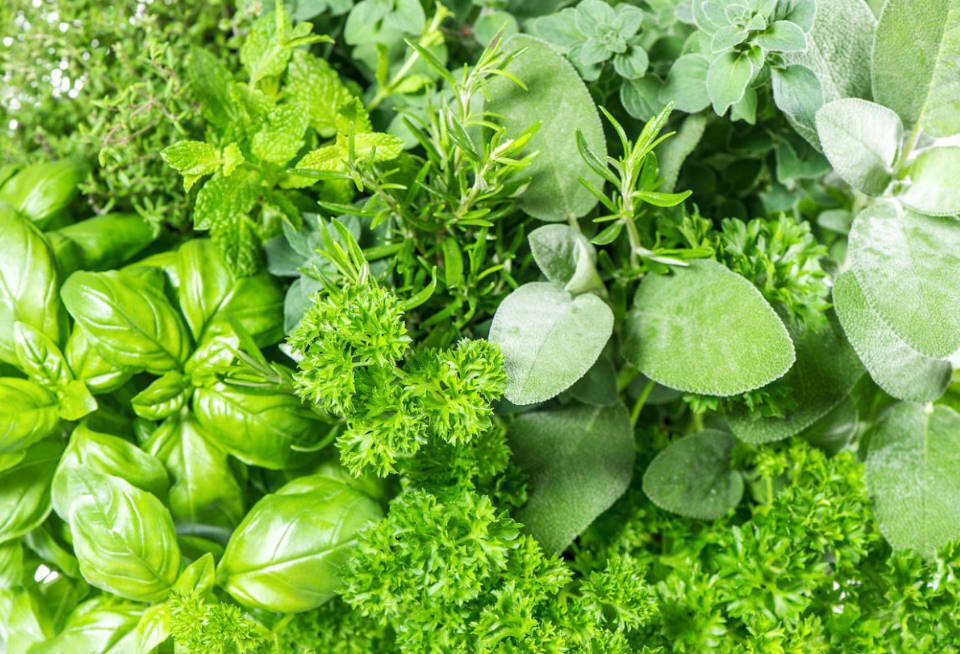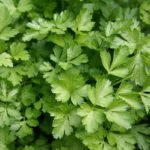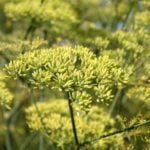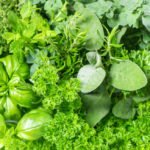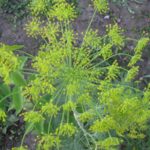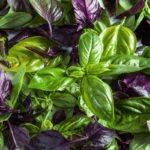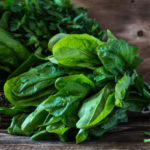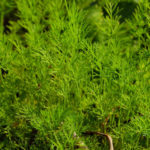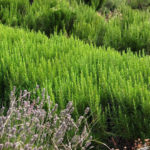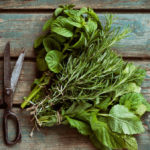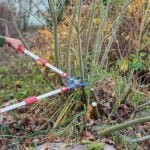Basil
Even one vegetable Basil plant can fill our garden with the aroma of Sunny Italy. Bright white, pink or purple inflorescences-false whorls also decorate vegetable beds.
The leaf color is distinguished by greenish and purple forms with different degrees of intensity of anthocyanin color. The aroma distinguishes varieties with pepper, clove, Laurel, anise, caramel, lemon, mint, cinnamon and other shades.
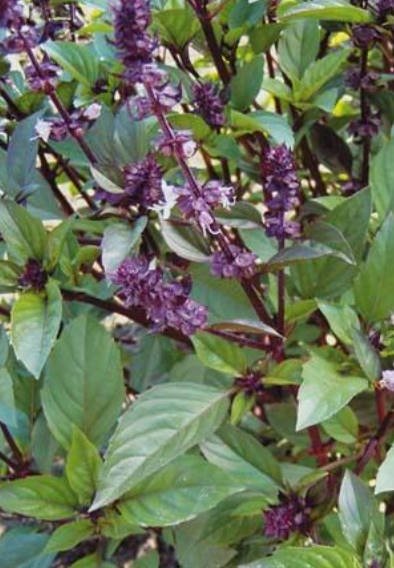
Basil Gourmet anise
Young shoots and leaves are used as spicy greens in raw form in various salads, as well as stewed, boiled and fried, as a seasoning in sauces, first and second dishes. In dried and frozen form Basil greens are harvested in autumn and winter. Varieties with lemon (Freshness), mint (Gourmet Mint) and caramel (Caramel) flavor are used to flavor tea, compote. Also, young shoots and leaves are used for canning and marinating.
Small-leaved Basil compact size is grown as a pot culture, an ornamental plant. Varieties of Basil with a pungent smell of camphor and turpentine, with medicinal, perfume and floral scents are also cultivated for essential oil.
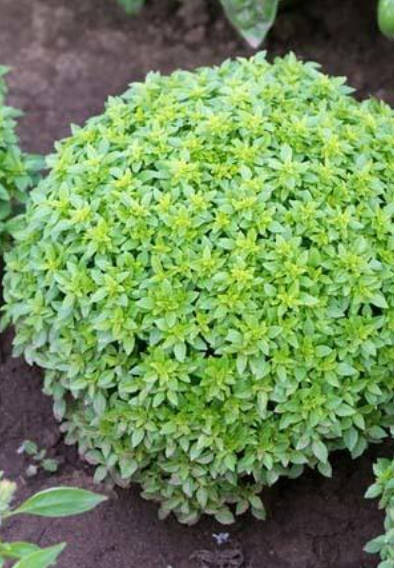
Small-leaved Basil compact size
In medicine, the plant is used as a gastric agent for gargling and compresses. In homeopathy, it is used in kidney and gallbladder diseases. In folk medicine it is used to treat wounds and as an anti-worm agent.
How to grow Basil
Basil has higher requirements for heat and light than many southern plants. Seeds germinate only at high temperatures (not below +20 degrees). Plants should be placed on protected from cold winds and well-lit by the sun. On shaded areas, the yield of green mass drops sharply, its quality decreases.

Basil “Tonus”
Basil is demanding of moisture, especially during seed germination and in the first period of life before flowering. The highest yield of green mass and seeds gives fertile black soil, loose loamy and sandy soils with sufficient humus.
The main principle of the successful cultivation of Basil: seeding or planting seedlings in the ground should be carried out not earlier than mid-may, when the soil and air warms up to a temperature of not less than 15 degrees. With the seedling method of cultivation, sowing begins 35-45 days before planting in the soil.
In order for the plants to be thicker and they formed more green mass, it is recommended to pinch the tops of the shoots and regularly remove all flower buds. This technique will extend the period of economic validity of the plant to the frost. It is also possible to use during the growing season 1-2 fertilizing complex fertilizer at the rate of 15-20 g/sq. m.
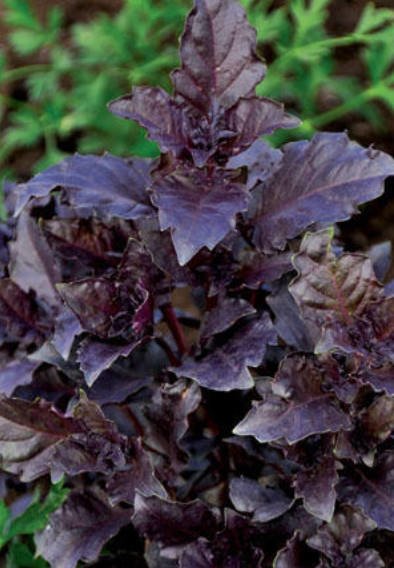
Basil Ararat-for lovers of purple varieties
Currently, the choice of varieties of Basil is wide. Lovers of purple varieties with high content of anthocyanin should pay attention to the variety “Ararat”. Greenish variety “Tonus” has a more intense aroma.
Coriander
Vegetable coriander is always popular due to the combination of spicy flavor and rich taste. Coriander leaves contain vitamins B1, B2, C, P, Pro-vitamin A, proteins, pectins, starch, sugars (fructose, glucose, sucrose), tannins, organic acids, essential and fatty oils. Fresh leaves are used as vitamin seasoning in salads, Apple compotes, for fruit preservation. Greens are added to soups, meat, fish, vegetable dishes.
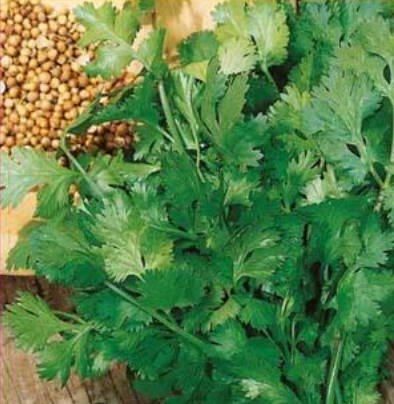
Vegetable coriander
Coriander seeds containing essential oil are used in the perfume industry, as well as in cooking for flavoring bread, confectionery, marinades, sauces, sausages, cheese, meat dishes. The fruits of coriander improves the taste of dishes from peas, beans they are added to cabbage, beets, applesauce, carrots.
For good growth and development of plants coriander requires a moderate amount of moisture, heat and light. Best fit for him, cultivated the fertile soil. Due to early ripening, coriander can be sown several times during the season with an interval of 2-3 weeks from the end of April-beginning of may.
Much difficulty in the cultivation of coriander does not occur. The most important thing-to monitor the uniform moisture of the soil and the absence of crust in the period before the emergence. To speed up the emergence of seeds can be soaked for a few days in warm water.
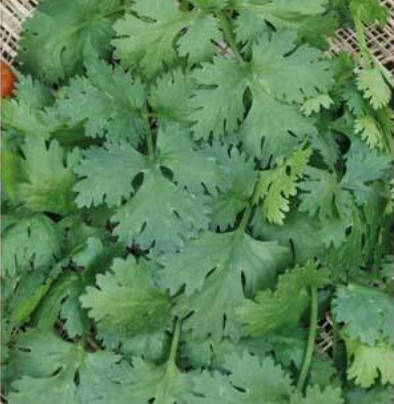
Vegetable coriander
High yield, rich flavor of greens and ruggedness are different varieties of “Borodinskiy”, “Taiga”.
Parsley
Existing varieties of parsley are divided into several types: root; leaf with a conventional leaf and curly; universal, forming and large root, and a large number of leaves.
Young leaves and roots are used in fresh form as a spice or seasoning, as well as added in the preparation of various first and second courses. The leaves are used for making sauces, marinades, decorating various dishes. Leaves and roots can be dried, frozen, salted. Their useful properties are not lost even after heat treatment. Fresh leaves, juice, parsley seeds are widely used in folk and traditional medicine for the preparation of cosmetics: creams, lotions, nourishing masks.
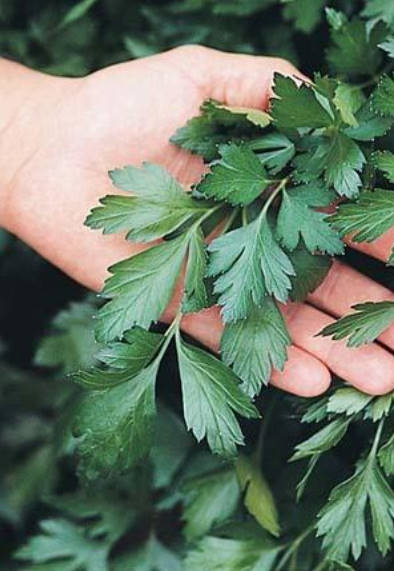
Parsley Italian giant
Leaves and roots contain vitamins B1, B2, C, carotene, potassium, calcium and iron salts, inulin, proteins, essential oils. A large number of essential oils contained in the seeds of curly parsley.
Parsley is a cold-resistant plant, but with early sowing and under the influence of cold weather, it is possible to oscillate in the first year. Root crops are relatively frost-resistant and easily overwinter in the ground in The middle band, the leaves tolerate light autumn and spring frosts. Seedlings can withstand freezing down to -9 degrees.
To obtain a high yield of greens and large root crops, plants require moderate temperatures (+18…+20 degrees), sufficient moisture, especially in the initial period. For sowing, choose illuminated areas with fertile soil is not acidic. The culture does not tolerate repeated crops as parsley, and other crops of the celery family. Sowing in the same place is desirable not earlier than 4 years.
When growing parsley should pay attention to some important points. Since the seeds of parsley are medium-sized, they are sown to a depth of not more than 1.5-2.0 cm, especially on heavy clay soil. Shoots appear only on 10-14 days. At this time, it is necessary to ensure that there is no soil crust that prevents the emergence of shoots, the soil must be moistened all the time. In order not to accidentally damage the young sprouts during weeding or loosening, parsley seeds can be mixed with the seeds of fast-growing crops: radishes, cress, salad, mustard.
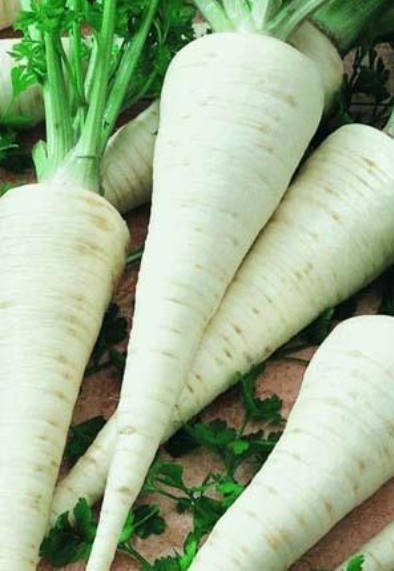
Parsley “Spicy”
In the initial period, the plants develop slowly. Given love of light culture, it is not necessary to delay the weeding and thinning of the thickened crops. Many varieties of leaf parsley grow well after selective cutting, the harvest of greens from such varieties can be cut several times over the summer. For larger root near the root varieties are not followed during the cultivation of cut sheets. Left for the winter in the garden plant of the parsley will please you young greens early the following year until the end of may.
Fans of mini vegetable garden on the windowsill it is best to stop the choice not on the seeding, and the distillation of herbs from pre-grown in the summer root crops or plants leaf parsley. Even in optimal conditions of beds selective cutting of parsley can be started only after 55-60 days after sowing seeds.
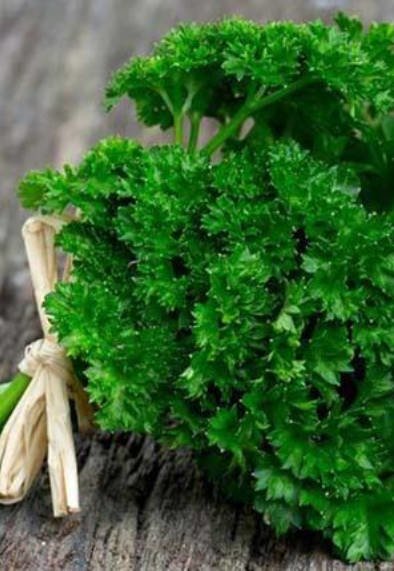
Parsley “Kucheryavets”
Today there are more than 60 varieties of parsley. When choosing one or another” best ” variety, it is necessary to take into account for what purposes You are going to grow. To obtain a high yield of early and abundant vitamin greens are best suited varieties “Sandwich”, “Italian Giant”. Aligned large roots different sort of “Spicy”. To use and tops, and roots, sow in his garden variety “Universal”. Leaves of curly parsley will be a wonderful decoration and garden, and cooked dishes: salads, vegetables, meat cuts, main dishes. It is necessary to pay attention to the variety “Kucheryavets”.
